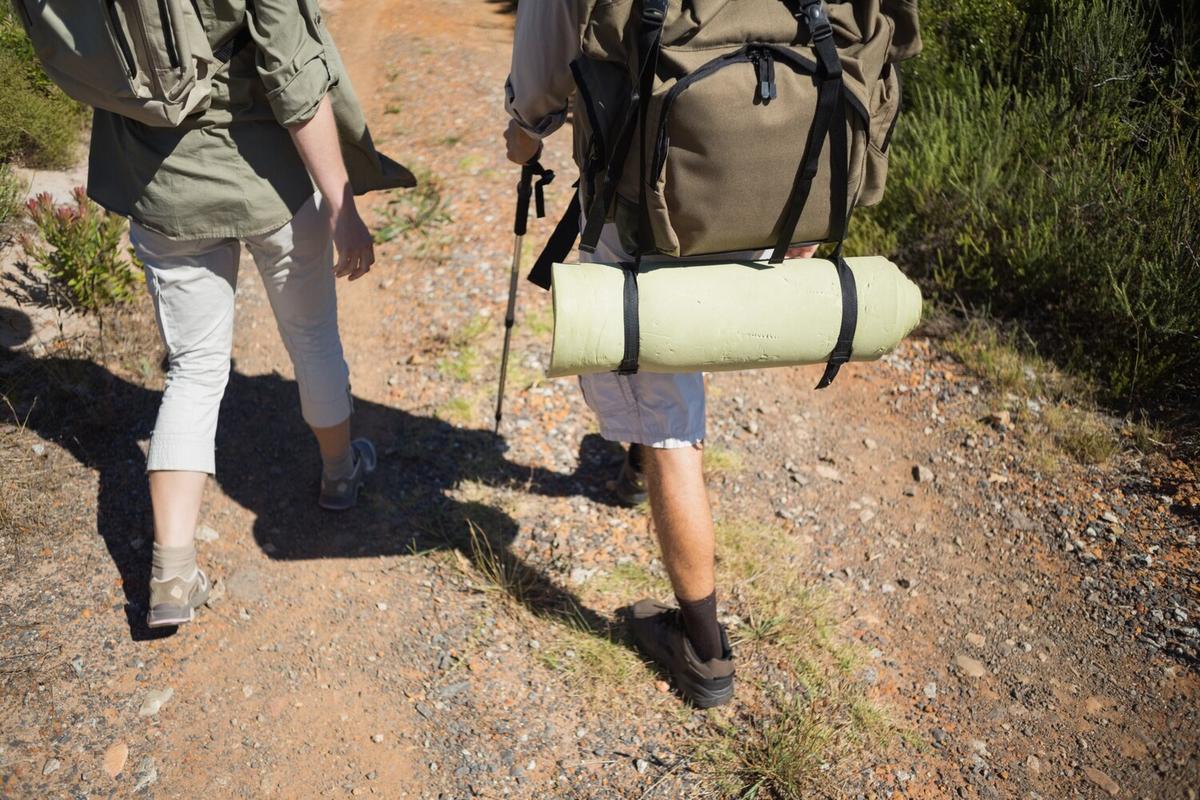
Hiking Safety Tips for Solo Travelers
Setting out on a solo hiking adventure can be an exhilarating experience, offering a unique blend of freedom and self-discovery. However, ensuring your safety while exploring the great outdoors is paramount. This blog post delves into essential hiking safety tips for solo travelers, providing expert advice, statistics, and actionable tips to help you stay safe on the trail.
Preparation is Key
Before embarking on your solo hiking trip, thorough preparation is crucial. According to the American Hiking Society, planning your route and understanding the terrain can significantly minimize risks. Utilize resources like trail maps and online forums to gather as much information as possible.
Inform Someone of Your Plans
Always inform a friend or family member about your hiking plans, including your expected return time. This simple step can be a lifesaver in case of emergencies. The search and rescue organization, Mountain Rescue Association, emphasizes the importance of leaving a detailed itinerary with someone you trust.
Carry the Essentials
Having the right gear can make all the difference. Here’s a checklist of essential items you should carry:
- Navigation tools (map, compass, GPS)
- First-aid kit
- Hydration (at least 2 liters of water)
- Nutrition (high-energy snacks)
- Weather-appropriate clothing
- Multi-tool or knife
- Emergency shelter (such as a space blanket)
- Fire starter (matches, lighter)
Stay Connected
While solitude is one of the perks of solo hiking, staying connected is essential for safety. Carry a fully charged cellphone and consider investing in a personal locator beacon (PLB). According to the Outdoor Industry Association, PLBs have a 95% success rate in rescue missions.
Understand Wildlife Risks
Encountering wildlife can be both thrilling and dangerous. Familiarize yourself with the types of animals you may encounter and know how to react. The National Park Service provides comprehensive guidelines on wildlife safety, which can be an invaluable resource.
Know Your Limits
One of the most important aspects of solo hiking is understanding your physical and mental limits. Overexertion can lead to injuries or worse. Take regular breaks and listen to your body. Remember, it’s okay to turn back if you feel unsafe or unwell.
Weather Awareness
Weather conditions can change rapidly in the mountains. Always check the forecast before you set out and be prepared for sudden changes. Carrying a weather-resistant jacket and other protective gear can help you stay safe in unexpected conditions.
Pro Tip:
Download offline maps and weather apps before you head out. This ensures you have access to crucial information even without a cell signal.
Safety Tips Table
| Tip | Why It’s Important |
|---|---|
| Plan Your Route | Avoid getting lost and identify potential hazards |
| Inform Someone | Ensures someone knows your whereabouts |
| Carry Essentials | Be prepared for emergencies |
| Stay Connected | Facilitates rescue in case of emergency |
| Understand Wildlife | Minimize risks of dangerous encounters |
| Know Your Limits | Prevent overexertion and injuries |
| Weather Awareness | Stay safe in changing conditions |
| Pro Tip | Download offline maps and weather apps |
FAQ
What should I do if I encounter a wild animal?
Stay calm, avoid direct eye contact, and slowly back away. Do not run.
How much water should I carry?
At least 2 liters for a day hike, more if the weather is hot or the trail is strenuous.
Is it safe to hike alone?
Yes, with proper preparation and precautions, solo hiking can be safe and enjoyable.
What should be in my first-aid kit?
Basic items like bandages, antiseptic wipes, pain relievers, and any personal medications.
Conclusion
Solo hiking is a rewarding way to connect with nature and yourself. By following these safety tips, you can ensure a safe and enjoyable adventure. Remember, preparation and awareness are your best tools. Happy hiking!


